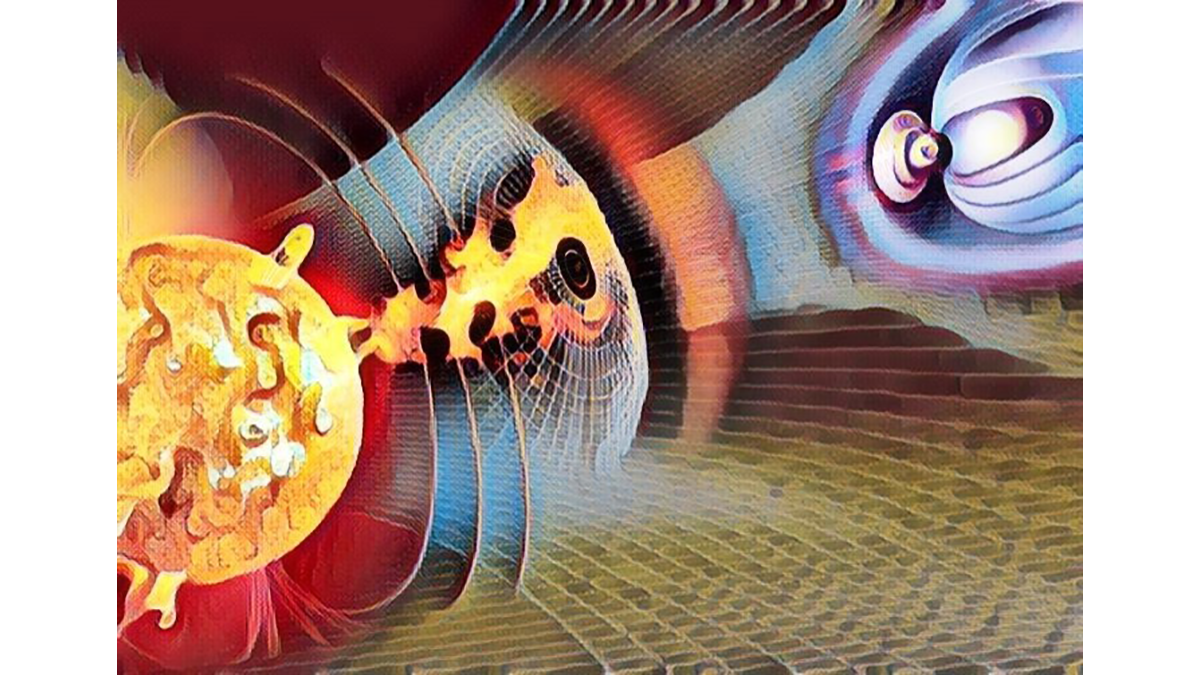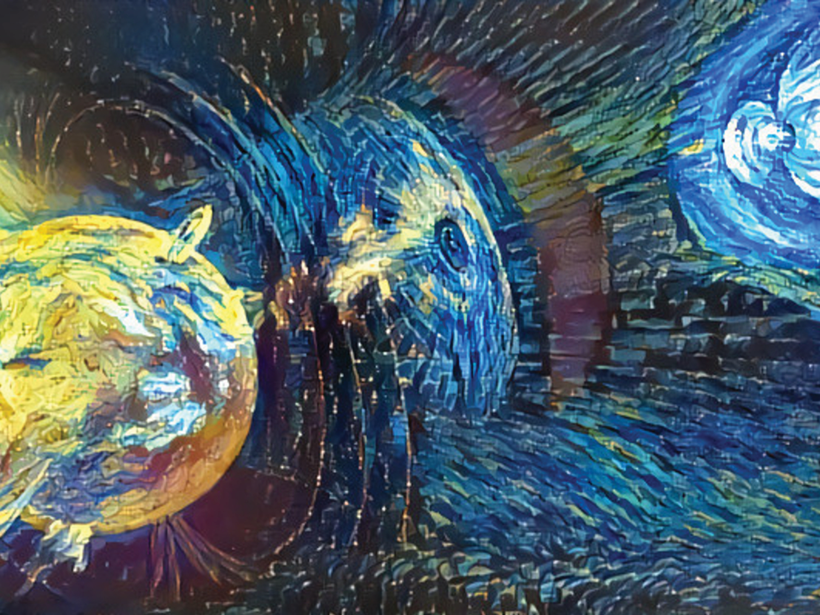A new special collection invites papers pertaining to the use of machine learning techniques in all sub-fields of heliophysics.
Enrico Camporeale
Posted inOpinions
Ten Ways to Apply Machine Learning in Earth and Space Sciences
Machine learning is gaining popularity across scientific and technical fields, but it’s often not clear to researchers, especially young scientists, how they can apply these methods in their work.
Posted inScience Updates
Space Weather in the Machine Learning Era
Space Weather: A Multi-disciplinary Approach; Leiden, Netherlands, 25–29 September 2017



